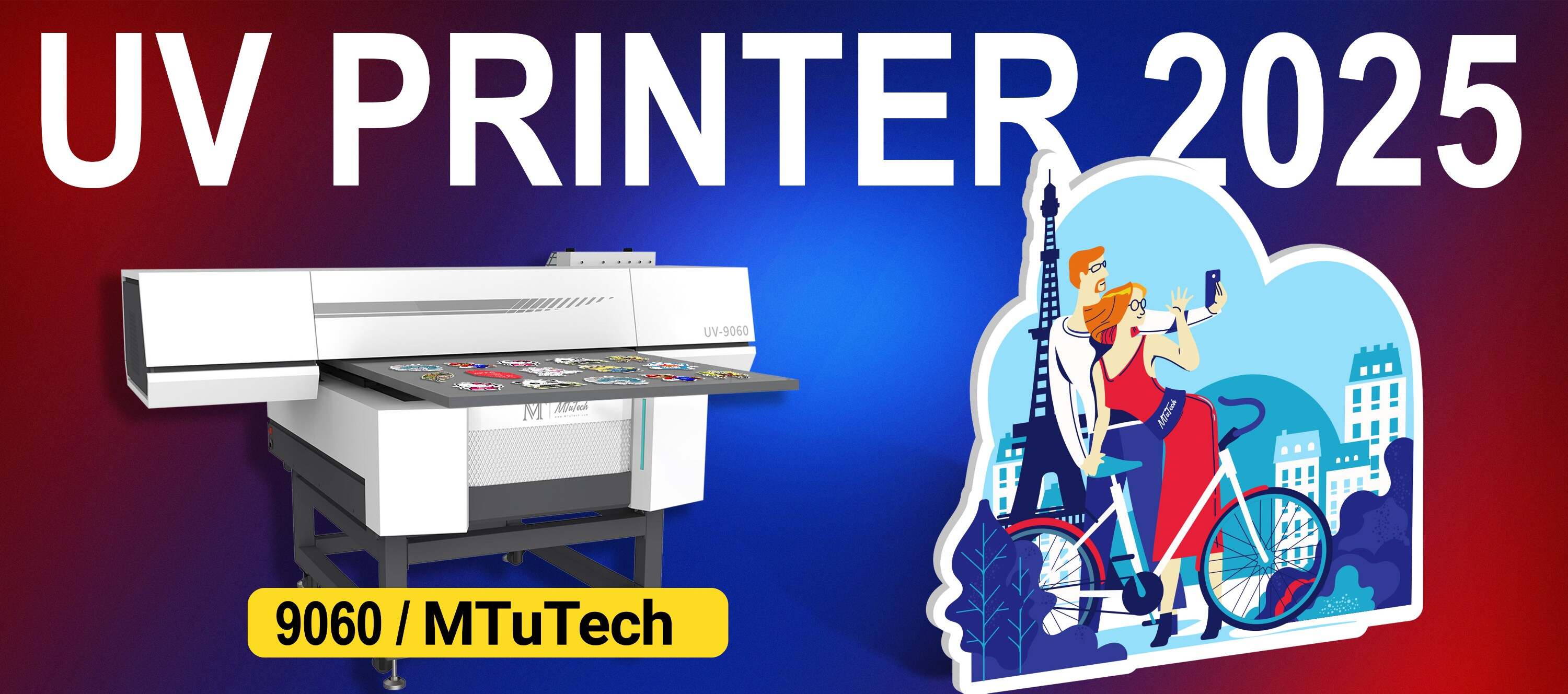The Evolution of Vision-Based UV Printing from 2020 to 2025
Introduction
As we delve into the evolving landscape of printing technology, vision-based UV printing stands out as a pivotal advancement. From its initial emergence to the innovations that dominate the industry today, the evolution of this technology has not only transformed printing processes but also expanded creative possibilities for businesses and artists alike. In this blog post, we will explore the key developments in vision-based UV printing from 2020 to 2025, highlighting advancements in technology, applications, and the benefits that have made it an essential tool for various industries.
The Technological Landscape in 2020
In 2020, vision-based UV printing was still establishing its foothold in the industrial printing sector. The technology involved the use of ultraviolet light to cure or dry ink as it is printed onto substrates, offering quick turnaround times and supporting a plethora of materials. Key characteristics defining this era included:
·
Basic Vision Systems: Initial models incorporated simple vision systems that enabled basic alignment and printing accuracy.
·
·
Material Versatility: Capable of printing on various materials including plastics, metals, wood, and glass, making it an attractive choice for manufacturers.
·
·
Growing Adoption: Industries began recognizing the advantages of UV printing, such as lower waste and the ability to produce high-quality graphics.
·
Key Developments from 2021 to 2023
As the industry progressed into the early 2020s, significant advancements were made, driven by the need for greater precision and efficiency.
Enhanced Vision Technology
One of the most notable advancements was the integration of more sophisticated vision systems. These included:
·
AI-Powered Algorithms: Enabling real-time adjustments and improved error detection, leading to greater overall print accuracy.
·
·
3D Imaging Capability: Allowing printers to assess "dimensionality," thereby enhancing the ability to print on uneven surfaces.
·
Increased Speed and Efficiency
Manufacturers began to push the limits of speed without compromising print quality. Key improvements included:
·
Faster Drying Systems: Utilizing advanced UV technology that allowed for quicker curing, enhancing production speed.
·
·
Automated Workflow: Streamlining processes and reducing manual intervention through automation.
·
Sustainability and Environmental Considerations
The urgency for sustainable practices in printing led to developments focused on eco-friendliness:
·
Low VOC Inks: Increased use of low volatile organic compound (VOC) inks to reduce harmful emissions.
·
·
Energy Efficiency: New printer designs aimed at lowering energy consumption while maintaining output quality.
·
Looking Ahead: 2024 to 2025
The future of vision-based UV printing holds promise as rapid advancements continue. Here's a look at key trends anticipated for 2024 and 2025:
Integration of IoT and Smart Technologies
The potential for IoT devices to communicate with printers will streamline processes, leading to:
·
Remote Monitoring: Operators can oversee printer performance remotely, allowing for proactive maintenance.
·
·
Data Analytics: Utilizing data to predict printing trends and optimize supply chains.
·
Further Customization and Personalization
The demand for personalized products is on the rise, and vision-based UV printing is ideally positioned to meet this need:
·
Custom Prints on Demand: Enhanced software capabilities will enable quicker turnaround on personalized items.
·
·
Greater Design Flexibility: Advanced printing techniques will allow for intricate designs and abundant variations.
·
Expansion of Applications
As technology improves, the boundaries of print applicability will expand. Potential new applications include:
·
Packaging Solutions: High-quality graphics and designs that act as functional and aesthetic elements in product packaging.
·
·
Decorative Surfaces: Interior design elements and art installations will feature advanced UV-printed designs, blurring lines between fine art and commercial production.
·
Benefits of Vision-Based UV Printing
As we explore these advancements, understanding the benefits of vision-based UV printing is essential. Here are some key advantages:
·
High Print Quality: Vision systems improve accuracy, ensuring crisp graphics and vibrant colors.
·
·
Quick Turnaround Times: Instant drying allows for immediate handling, reducing delays in production.
·
·
Lower Waste Rates: Improved printing precision leads to less material waste.
·
·
Versatile Applications: The capacity to print on diverse substrates broadens creative possibilities.
·
Challenges Facing the Industry
Despite the numerous advancements, the industry is not without its challenges:
·
Initial Costs: High upfront costs of advanced printers can be prohibitive for small businesses.
·
·
Training and Skill Requirements: New technology demands skilled operators, necessitating ongoing training.
·
Conclusion
The evolution of vision-based UV printing between 2020 and 2025 reflects a dynamic interplay of technology, creativity, and business needs. As improvements in vision systems, speed, and sustainability continue to shape the industry, the future of UV printing looks bright. Businesses that embrace these advancements will not only enhance their production capabilities but also position themselves as leaders in the competitive printing landscape. For those looking to invest in cutting-edge technology, explore our high-quality Visual Positioning UV printers here for top-of-the-line performance and innovation.
FAQ
What is vision-based UV printing?
Vision-based UV printing uses ultraviolet light to cure ink as it is printed, allowing for high-quality graphics on a variety of materials while significantly reducing drying time.
What are the primary benefits of using vision-based UV printers?
The primary benefits include high print quality, quick turnaround times, lower waste rates, and the versatility to print on diverse substrates, creating opportunities for creative applications.
Where is vision-based UV printing commonly used?
This technology is widely utilized in packaging, decorative surfaces, promotional products, and industrial components, appealing to both commercial and artistic markets.
What advancements are expected in the coming years for UV printing?
Future advancements may include the integration of IoT technology for smart operations, enhanced customization capabilities, and broader applications in various sectors, including packaging and interior design.
What challenges does the UV printing industry face?
Key challenges include the initial costs associated with advanced printers and the need for skilled operators to manage complex systems effectively.

